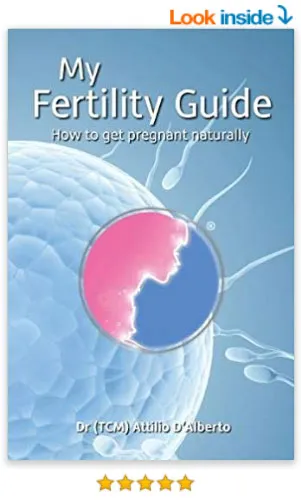Acupuncture reduces pain in labour
Inhaled analgesics (gas and air)
Entonox is limited in it's pain relief yet is used commonly. It is a 50% mix of oxygen and nitrous oxide and is considered safe, although it may reduce the baby's breathing during delivery.
Mothers should not be given this gas for long periods as it can cause anaemia (by affecting vitamin B12, which affects iron absorption) and affect white blood cell production thereby weakening the immune system. Most women will notice the bad taste the gas has and it may make them feel nauseous. This is normal. Carrying on will make the taste lessen.
Systemic opioid analgesia
These have limited effect on pain relief but again have the same side effects as entonox in that they cause reduced respiration in the baby as well as drowsiness, nausea and vomiting in the mother.
Known as diamorphine or pethidine, they are derived from the poppy plant (heroin) but won't make you an addict. They can be given as an injection in the thigh (every four hours) or intravenously so you can decide when you need it. This is known as patient-controlled analgesia (PCA).
Pudendal analgesia
Pudendal analgesia is the numbing of the pudendal nerve that serves the external vagina and area below to the anus where pain might be felt during delivery. A local anaesthetic is injected at the end of the tailbone to numb the area. It takes about 20 minutes to work after the injection and lasts between two and four hours.
There are some side effects to be aware of:
- It can make some women feel woozy, sick and forgetful
- If it hasn't worn off towards the end of labour, it can make it difficult to push. You might prefer to ask for half a dose initially to see how it works for you
- If pethidine or diamorphine are given too close to the time of delivery, they may affect the baby's breathing. If this happens, another drug to reverse the effect will be given
- The drugs can interfere with the baby's first feed
Regional analgesia (epidural)
This is the most common form of pain relief and is known as an epidural. An anaesthetic drug is injected into the spinal cord midway along the back, which will last for 2-4 hours. This form of pain relief has an increase need for forceps delivery. Side effects from the local anaesthetic include hypotension, urinary retention, fever, itchiness, reduce respiration in the mother and baby. Epidurals can also prolong labour.
Acupuncture is great for pain relief. Various research studies have found that having acupuncture before and during labour decreased the need for analgesics. Acupuncture has no side effects and is safe to use. Acupressure can also be used by the partner to assist in pain relief.
References




















